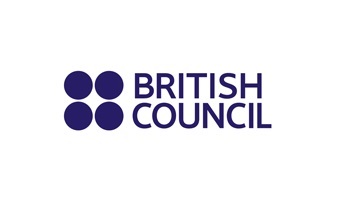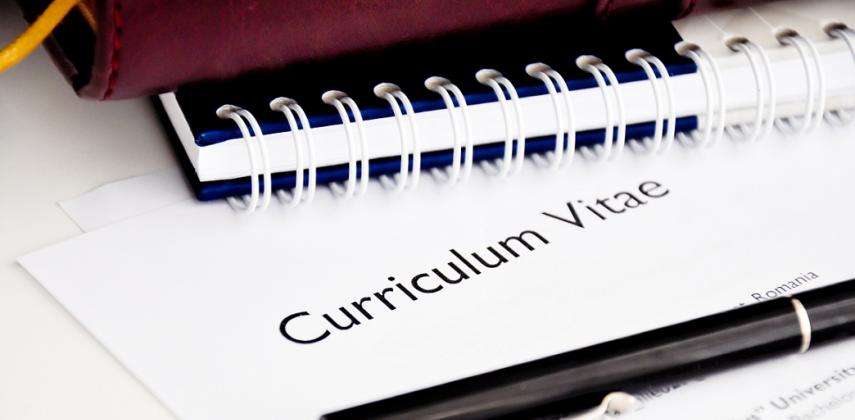With any CV, you can be sure that it will be looked at both quickly and critically. Simplicity, clarity and accuracy are the keys to getting through the first door — but what is that first door? Employers do not have time to spend hours looking at every CV. Those first few seconds are crucial. What’s more, the first glance at your CV will be to see if you, the candidate, meet the essential requirements. If you do not demonstrate that you meet them or if your information is unclear, your CV will head straight to the recycling bin.
Whether you satisfy the requirements or not is primarily assessed through the experience and educational information that you have presented. It sounds simple and, in some ways, it is: you ought to present the facts logically and chronologically. Therefore, it is useful to format your CV in a particular way. As most CVs are written with human resource departments in mind, you need to be aware that having an eagle eye and spotting errors is their bread and butter. That’s why accuracy in content, grammar and style are all-the-more important. When writing a CV, use a spell checker, review it and have someone else proofread it.
Furthermore, what you include must be tailored towards the job you want. For a banking job, the content of your CV will inevitably be different than if you’re applying to the United Nations. The core information will not change, but what you emphasise and prioritise will.
But I don’t really know what a CV is…
A CV is an abbreviation of the words ‘curriculum vitae’, which is Latin and literally means ‘course of life’. It tends to be more detailed than a resumé, however it is certainly not an autobiography! Essentially, it is rather like a profile that starts by giving basic contact information and then summarises what you have achieved in work, school, college and university. This is usually backed-up by information relating to further achievements, skills and training that you have acquired. There must not be any unexplained gaps in the timeline. Any gaps should be explained in your cover letter.
How long should it be and what is the format?
It is wise to keep this information limited to two sides of A4 paper. This should be typed, with a consistent style of font. Any longer and you may end up with irrelevant information. Your full name should be at the top with your contact information displayed clearly. Titles should be in bold so employers can easily navigate your CV.
In next week’s edition we will discuss how we should organise our work and education history to tailor it to the job we want. Be sure to check out our hottest tips for making the most out of the skills that you already have.






